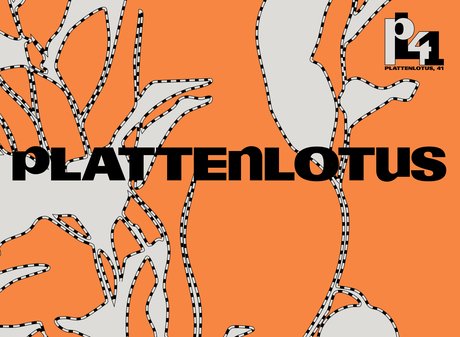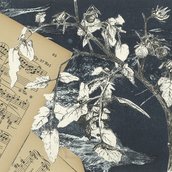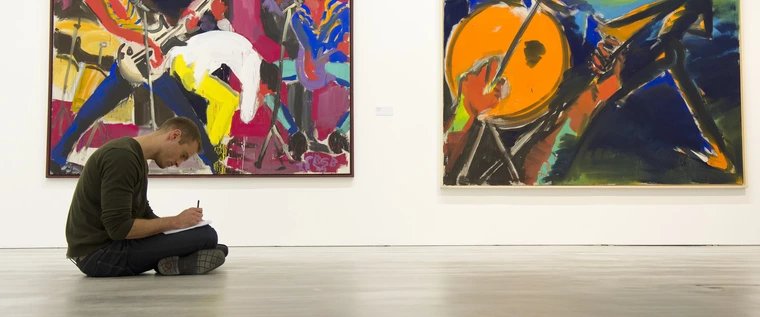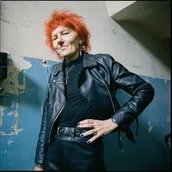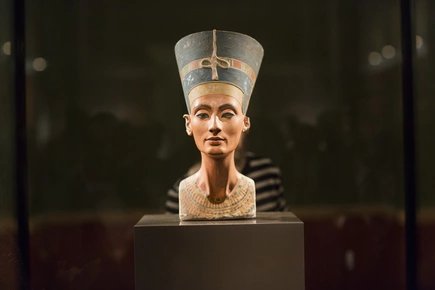
Arlette Quỳnh-Anh Trần
In her exhibition PLATTENLOTUS, Arlette Quỳnh-Anh Trần explores the architectural and biographical aftermath of a divided socialist history. She focuses on the city of Vinh – a place that was rebuilt after the destruction of the Vietnam War with the help of the socialist solidarity programs of the German Democratic Republic in place since the 1960s.
Vinh became a testing ground for socialist urbanism: standardized and efficient. But these plans ran up against the reality of a country undergoing reconstruction – and were transformed.
The GDR’s prefabricated buildings, originally planned in concrete, were realized in Vietnam using local materials such as brick. This adaptation – or rather appropriation – is an example of a movement of transformation on a technical, cultural, and political level.
In Trần’s work, utopia is created through transplantation – as a state of displacement, dissolution, and re-creation, as a shifting of meanings, bodies, and materiality. Transplantation becomes a way of redefining reality. A brick wall inside and outside the exhibition space refers to the Vietnamese adaptation of the GDR building style and symbolically brings it back to Hellersdorf – as an architectural trace that reveals itself not through its origin, but through its transformation and circulation.
The orange – originally imported from Spain and now a symbol of identification for Vinh – also appears as a sculpture in the exhibition. Neither clearly Vietnamese nor European, it embodies a history of migration and appropriation – and draws a personal parallel with the artist’s family history. It is no longer about where something “really” comes from, but what it becomes when it moves.
Through the interplay of architecture, sculpture, and video, PLATTENLOTUS reflects the tensions between ideal and reality, import and appropriation, collective memory and individual experience. Trần shows how urban and cultural landscapes are not only shaped, but also reinterpreted and transformed – a process that shapes both Vietnamese history and the biographies of many migrants.
In PLATTENLOTUS, Trần and the architecture firm vn-a combine real historical processes with speculative future scenarios. Combining socialist ideals, spirituality, and sci-fi aesthetics, the installation questions the technocratic logic of the German-Vietnamese solidarity agreement – a poetic-critical vision of the possibilities and contradictions of a future Vietnam and a New Hellersdorf.
nGbK work group station urbaner kulturen: Jochen Becker, Eva Hertzsch, Margarete Kiss, Constanze Musterer, Adam Page, Katharina Ziemke
- Languages: German, English
Additional information
Dates
July 2025
| Mo | Tu | We | Th | Fr | Sa | Su |
|---|---|---|---|---|---|---|
1
|
2
|
3
|
4
|
5
|
6
| |
7
|
8
|
9
|
10
|
11
|
12
|
13
|
14
|
15
|
16
|
17
|
18
|
19
|
20
|
21
|
22
|
23
|
24
|
25
|
26
|
27
|
28
|
29
|
30
|
31
|
